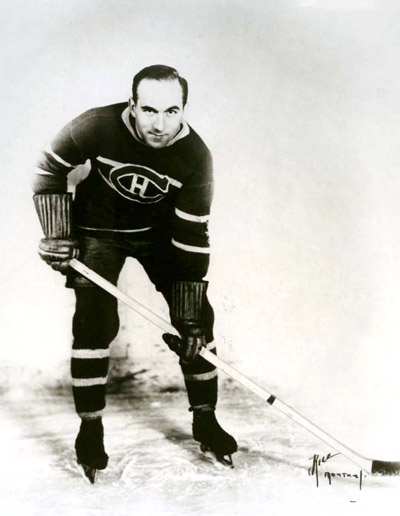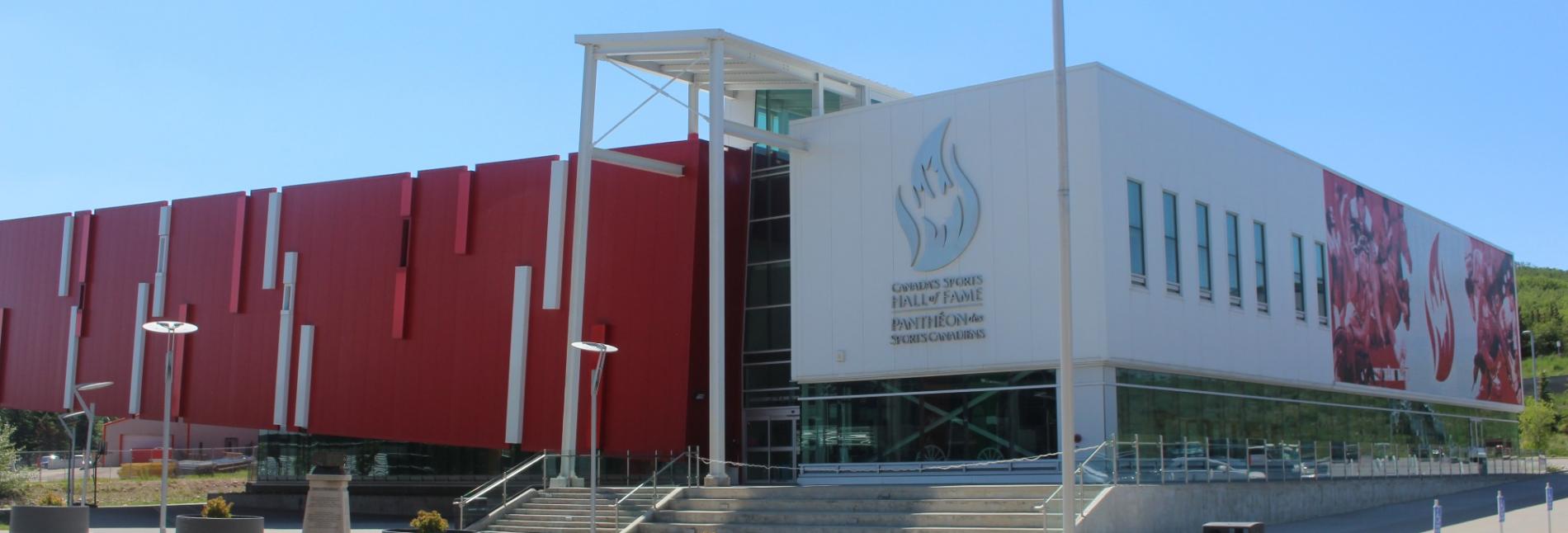Hall of Famer
Howie Morenz
Inducted in 1955
Member Details
Career Highlights
Stanley Cup - Montreal Canadiens

Story
Howie Morenz started his hall of fame career under the most extraordinary of circumstances. He was signed by the Montreal Canadiens in 1923 at the age of 21, but the Canadiens had such faith in him that they told him he'd be the next Newsy Lalonde. Talk about pressure! Morenz, however, did not disappoint. He wasn't the biggest player to enter the league, but he was the fastest and most exciting, without a doubt. His spectacular rushes awed fans at the Forum and in opponents' rinks every time he took the puck up ice. As a rookie, in '23-'24, he scored 13 times and helped the Habs win the Stanley Cup. The next year, he upped his total to 28 goals, and he reached the 20-goal mark in seven of the next eight seasons. Morenz led the league in '27-'28 with 33 goals and 51 points, the only time he topped the NHL in those statistical departments. He guided the team to two more Stanley Cups, in the springs of 1930 and '31. The hockey world in Montreal changed forever in 1934 when Morenz was traded to Chicago after eleven seasons at the Forum. For two seasons he played for the Hawks and Rangers, but he was not the same player. In 1936, Cecil Hart became general manager of Montreal and the first thing he did was bring back Montreal's famous number 7. The move was welcomed by all, but on January 28, 1937, Morenz's career ended when he was checked behind the Chicago net by defenceman Earl Seibert. Morenz got his skate caught in the boards,they were made of wood slats back then,and he broke his leg badly. His career was definitely over, and as he lay in a Montreal hospital his spirits took a turn for the worse. Six weeks later, he was dead. Doctors gave a medical explanation for Morenz's demise, but the truth was that the player died, if anything, of a broken heart. He and ice were made for each other, and he saw life ahead without hockey as inconceivable. The Forum was opened one last time for him, as his body lay in state while thousands of mourners paid their last respects. It was a funeral of royal proportions, and Montrealers had, indeed, lost their king of hockey. No one has worn the number 7 since, and no one ever will.






